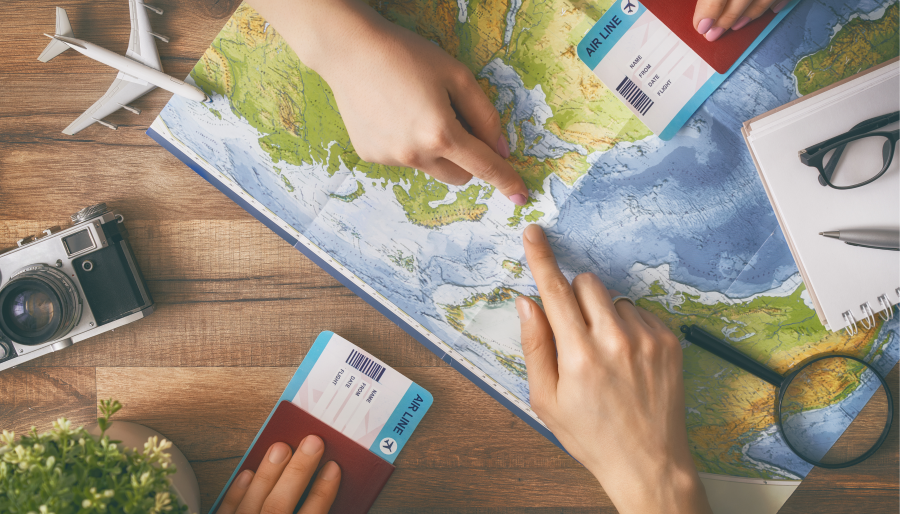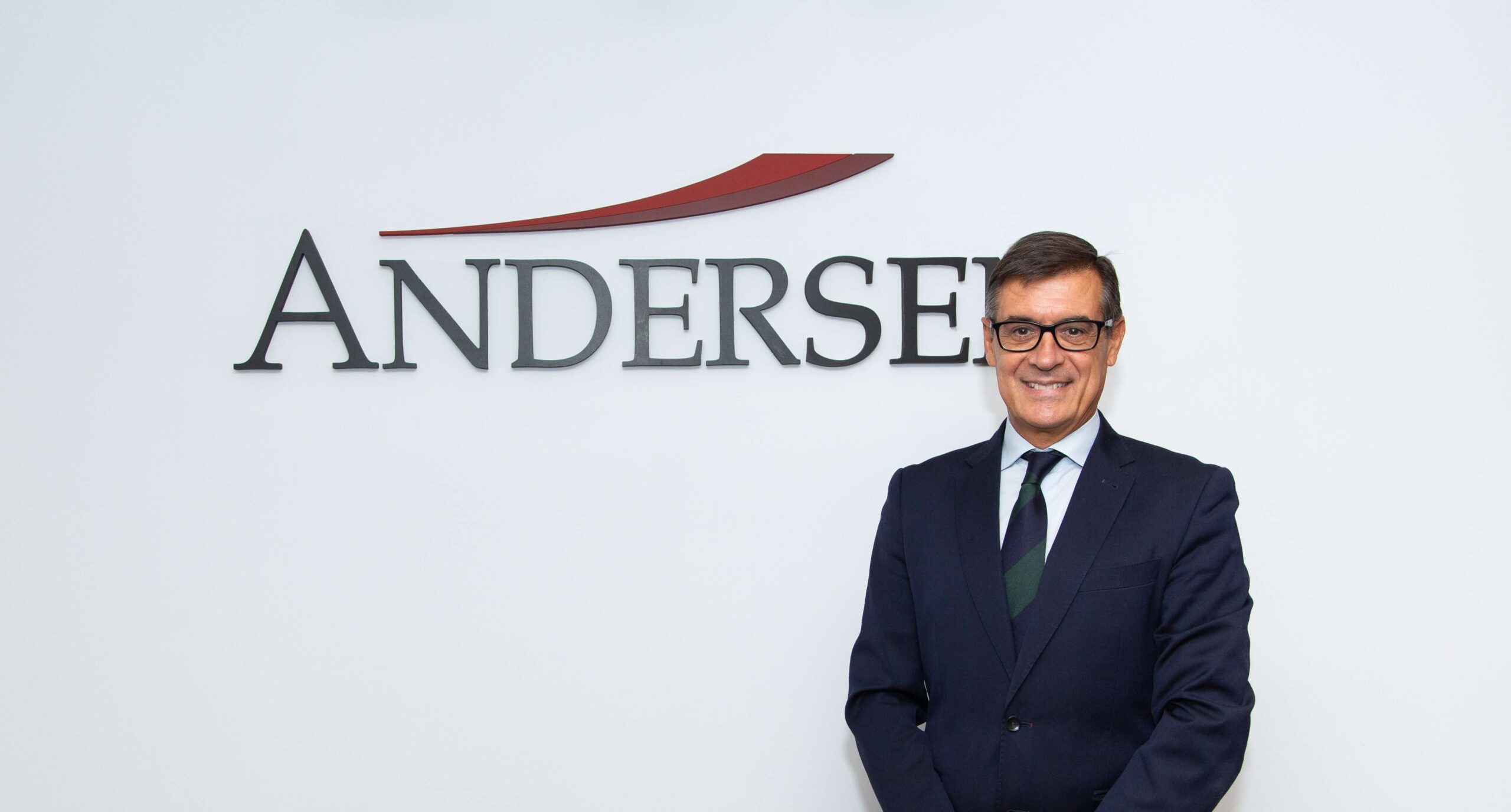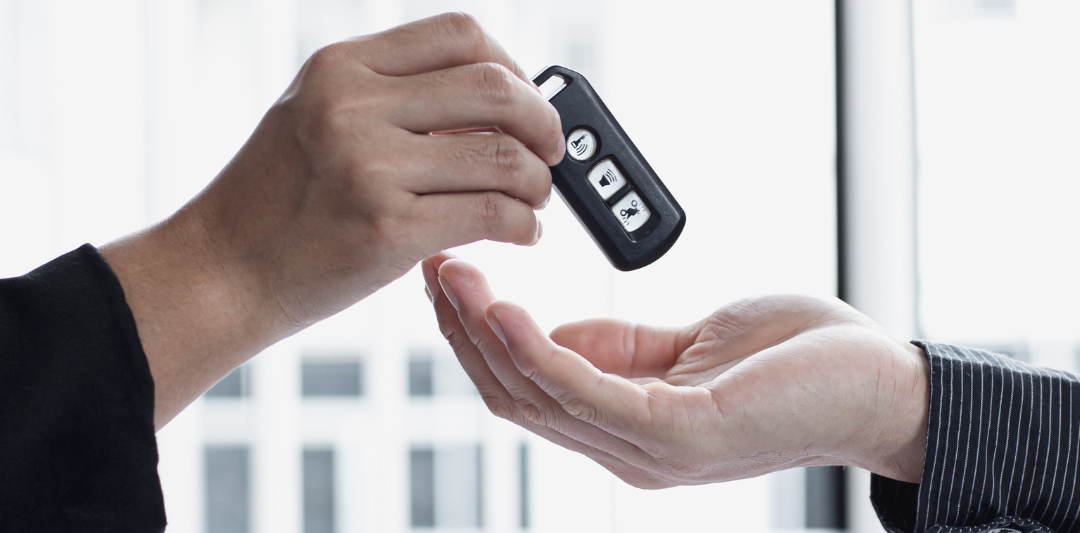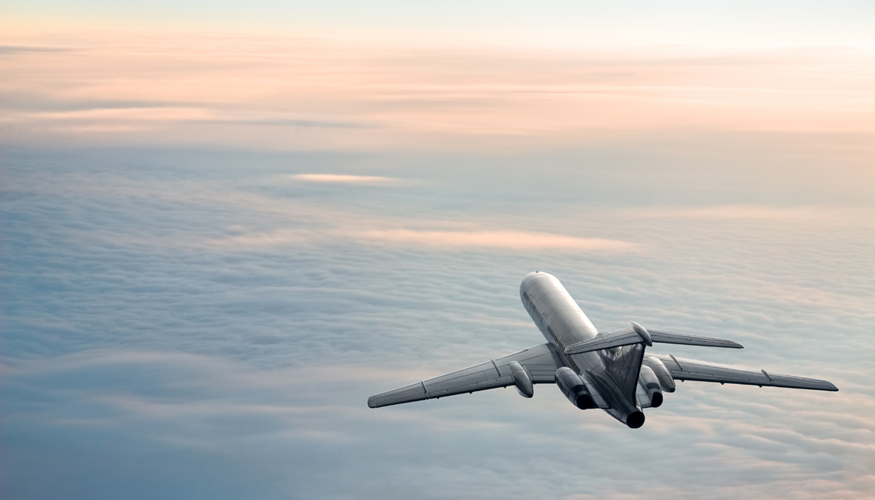The consulting and professional services firm BRAINTRUST, a leader in the tourism sector, has issued a new industry report, in this case analyzing the travel spending of Spanish households versus their income, concluding that tourism has been democratized, and that after the pandemic it has been placed as a priority for families, meaning a recurring line of expenditure.
Spaniards spend an average of 3% of their annual income on traveling
BRAINTRUST delves into the analysis of travel spending since 2016, and obtains a percentage of travel spending of Spaniards around 3% over the annual income figure. To reach this conclusion BRAINTRUST has analyzed the last 6 years of tourism spending of each household, taking into account this spending as the sum of air transport, accommodation and package tours,
BRAINTRUST's analysis reflects that, depending on household income, travel spending accounts for from 1% in households with less than one thousand euros, 2% in households between one thousand and two thousand euros, 3% in households between two thousand and three thousand euros, 4% in households between three thousand and four thousand euros, between 4% and 5% in households between four thousand and five thousand euros, to nearly 6% in households whose income is above five thousand euros.
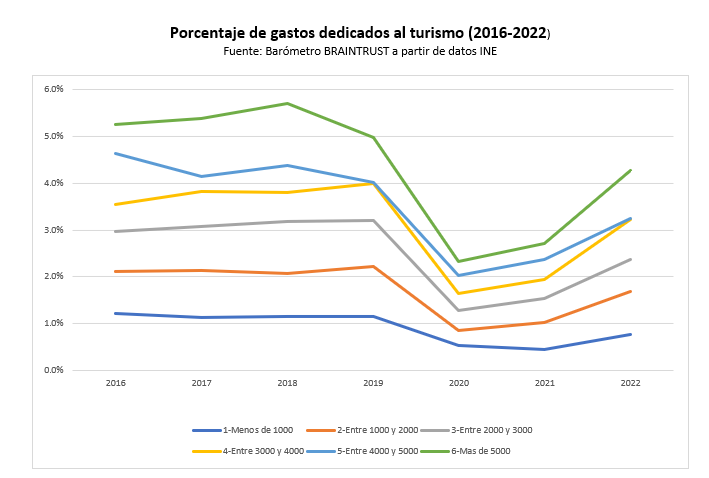
Lower-income households account for 20% of total travel expenditures
According to the study conducted by the BRAINTRUST consulting firm, it is interesting to observe the relationship between household typology and household travel spending.
Thus, according to BRAINTRUST data, 20% of travel spending would be taken by 32% of households, corresponding to households with lower purchasing power, specifically less than two thousand euros, while at the other extreme would be households with an income of more than five thousand euros, which represent almost a third of total travel spending in the outbound market.
For Ángel García Butragueño, Director of Tourism at BRAINTRUST: "The pandemic has been a turning point in people's life priorities, and our data yields very important conclusions that show that although higher income households still contribute a good part of the pie, lower income households also spend a good part of their purchasing power on leisure, including travel, which helps to maximize people's life experience. We at BRAINTRUST believe that although tourism is still a luxury good, all social strata have access to it, and the more people earn, the more they spend on leisure and travel".
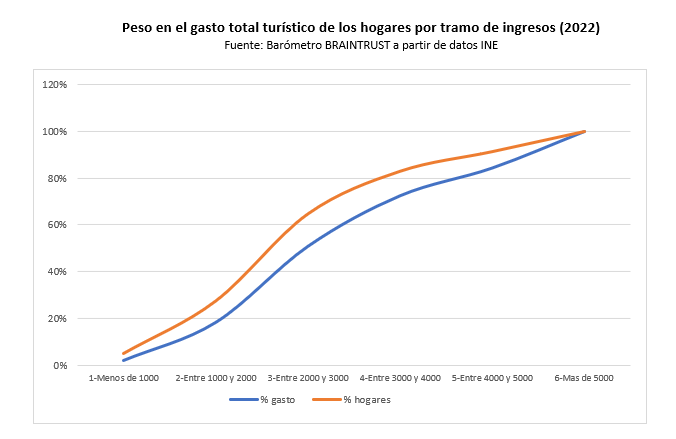
For José Manuel Brell, Partner in charge of the Quantitative Studies and Models practice, and of the Tourism and Leisure Industry at BRAINTRUST: "It is very interesting to know the priority of leisure and travel for Spaniards, so that tourism companies can plan their future strategies. In a context of high inflation, all managers are wondering whether we are still in a bubble that will soon burst or we must manage the industry in a post-pandemic time with high demand forecasts, an aspect that marks a different era where tourism spending not only becomes recurrent, but has become a priority in Spanish households ahead of aspects such as technology or fashion to give an example, recovering in most cases at least 80% of travel spending over pre-pandemic levels even in 2022, being 2023 the year of full recovery as we have stated in previous studies".


